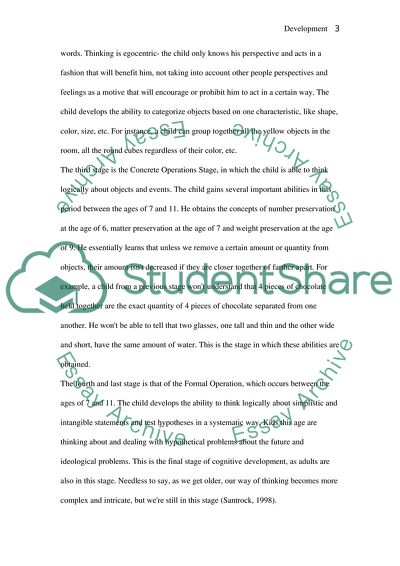Cite this document
(Life-Span Development Case Study Example | Topics and Well Written Essays - 2750 words, n.d.)
Life-Span Development Case Study Example | Topics and Well Written Essays - 2750 words. Retrieved from https://studentshare.org/psychology/1724145-eriksons-psychosocial-theory-and-piagets-cognitive-development-theory
Life-Span Development Case Study Example | Topics and Well Written Essays - 2750 words. Retrieved from https://studentshare.org/psychology/1724145-eriksons-psychosocial-theory-and-piagets-cognitive-development-theory
(Life-Span Development Case Study Example | Topics and Well Written Essays - 2750 Words)
Life-Span Development Case Study Example | Topics and Well Written Essays - 2750 Words. https://studentshare.org/psychology/1724145-eriksons-psychosocial-theory-and-piagets-cognitive-development-theory.
Life-Span Development Case Study Example | Topics and Well Written Essays - 2750 Words. https://studentshare.org/psychology/1724145-eriksons-psychosocial-theory-and-piagets-cognitive-development-theory.
“Life-Span Development Case Study Example | Topics and Well Written Essays - 2750 Words”. https://studentshare.org/psychology/1724145-eriksons-psychosocial-theory-and-piagets-cognitive-development-theory.


